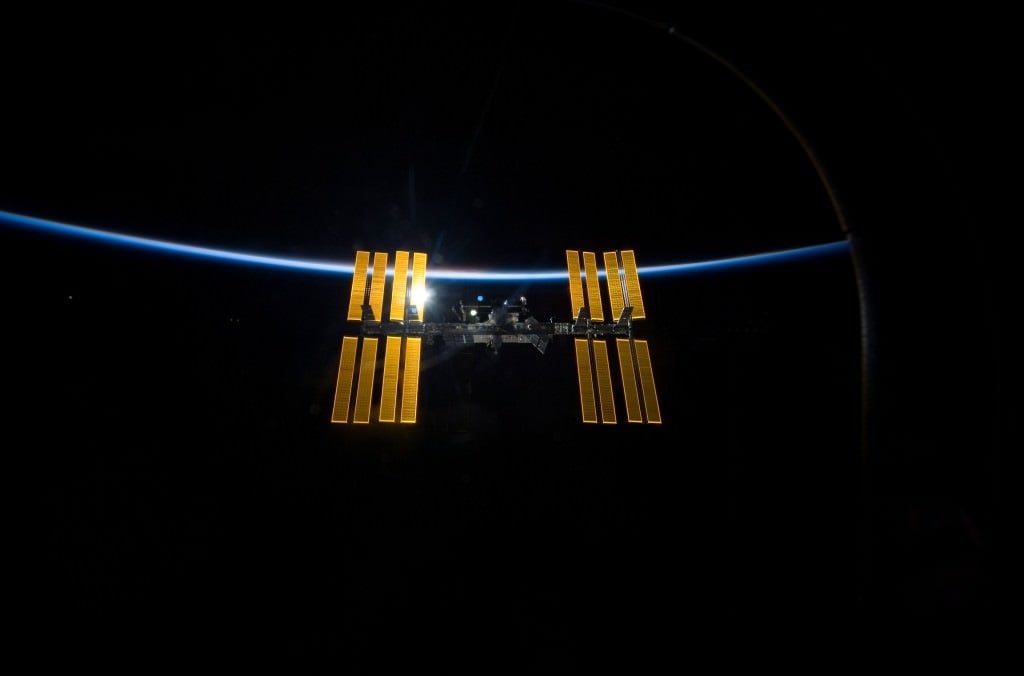
There are now more than 5,000 known planets in the universe, and we're just getting started.
Continue reading

In response to growing concerns about the fate of the ISS, NASA has released an FAQ session that will put your fears to rest!
Continue reading

Eddie Vedder's Invincible: a musical tribute to the rollout of the SLS, the coming launch of Artemis I, and humanity's long awaited return to the Moon!
Continue reading

A new study takes a look at Von Neumann probes and asks the really important questions: "why would aliens send them?" and, "where might we find them?"
Continue reading

A new study has shown how machine learning will aid next-generation telescopes in the search for water on exoplanets.
Continue reading

The new image taken by James Webb... were you wondering why it looks so spikey? As it turns out, that's an effect caused by its segmented mirrors!
Continue reading

Detecting gravitational waves by observing the Moon's motion could help solve one of the greatest mysteries in cosmology.
Continue reading

Ice was discovered on Mercury's poles thanks to planetary radar.
Continue reading

A quantum experiment simulates how Hawking radiation could affect quantum systems.
Continue reading

Starlink's satellite internet is the only means of communication for some people in the Ukraine, though the services could pose a risk to users.
Continue reading

A computer simulation of dark matter points to axions being more massive than expected.
Continue reading

In 1961, Russian-Soviet astrophysicist Nikolai Kardashev published a paper where he introduced the Kardashev Scale, a means of classifying extraterrestrial civilizations based on the amount of energy the could harness.
Continue reading

Neutron star collisions might be able to prove that dark energy is just an illusion.
Continue reading

Amid the chaos of the Russian invasion of Ukraine, a video has appeared online that shows the Russian segment of the International Space Station detaching.
Continue reading


















































